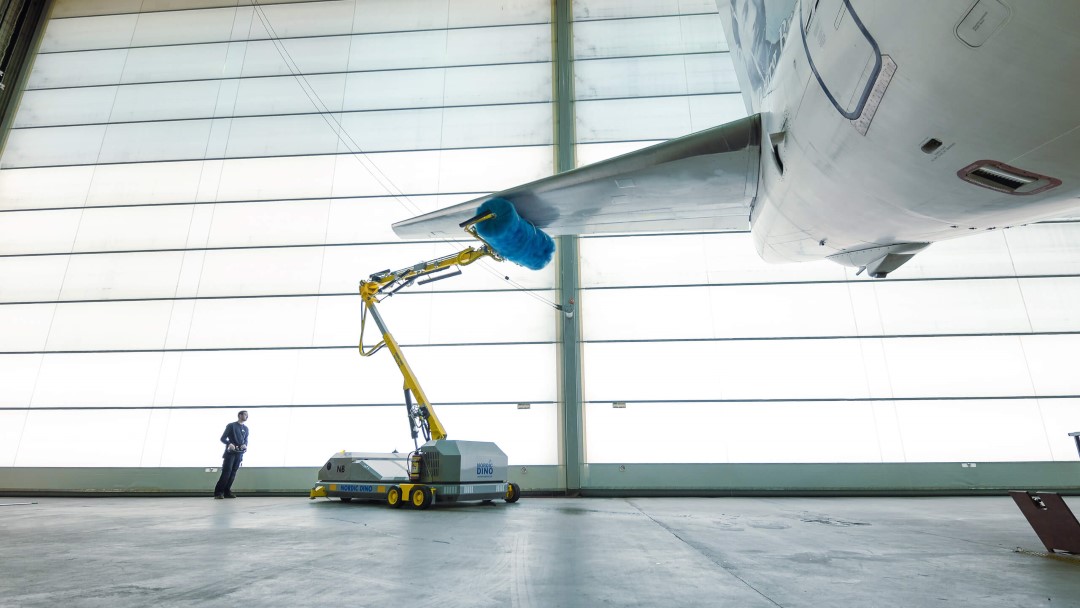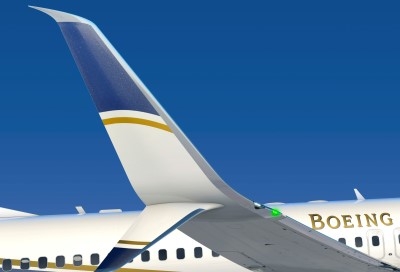Why a clean aircraft is more sustainable
Nordic Dino Robotics claims there is a link between clean aircraft exteriors and sustainability. The organization claims that dirty aircraft exteriors may lead to increased fuel consumption and air pollution.
 Image by Nordic Dino Robotics
Image by Nordic Dino Robotics
Nordic Dino Robotics is a leading producer of self-contained robots for automatic aircraft washing and cleaning services, based in Sweden. Aerotimes reports that the company claims clean aircraft exteriors can play a key role in aviation sustainability. Neglecting cleanliness leads to aerodynamic inefficiencies, higher fuel consumption, and increased pollution.
The report quotes the CEO of Nordic Dino Robotics AB, Jo Alex Tanem: “The repercussions of neglecting the cleanliness of aircraft exteriors are more profound than what meets the eye. Beyond the surface-level appearance concerns, dirt and grime on aircraft exteriors can lead to environmental problems. First and foremost, the negative impact on the aircraft's aerodynamics is a significant concern. “When an aircraft’s exterior is marred by dirt, dust, and other contaminants, it disrupts the smooth flow of air over its surfaces. This disruption increases aerodynamic drag, causing the aircraft to require more thrust and fuel to maintain its desired speed and altitude. The consequence of this increased drag is a substantial rise in fuel consumption.”
Cleaning robots
Innovative cleaning robots equipped with advanced technology emerge as a sustainable solution. They operate with precision, reduce water usage, and employ eco-friendly cleaning agents, aligning with industry goals. Cleaning robots' cost-effective and environmentally friendly nature makes them a compelling choice for airlines striving to meet stringent sustainability regulations.


